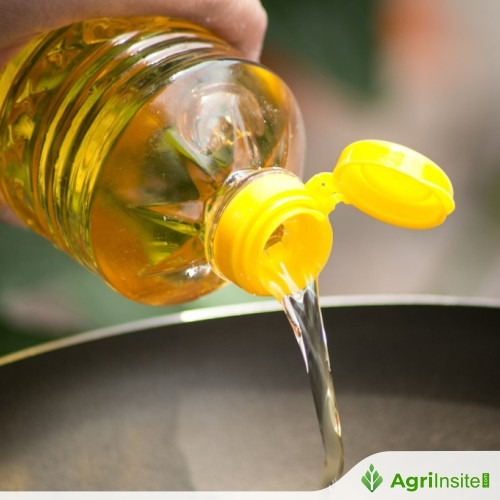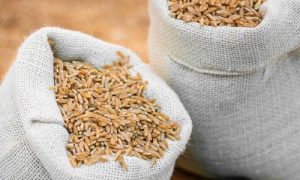China’s vegetable oil food demand forecast to fall 4.1% to 34.7M tonnes in 2025/26

China’s total vegetable oil demand for food is expected to fall 4.1% in 2025/26 to 34.7 million tonnes, driven by reduced dining out, rising health awareness, and a declining, ageing population. Industrial use and imports, particularly palm and sunflower oils, are also expected to decline. Feed use remains stable at 1.3 million tonnes.
Total vegetable oil demand for food use in China is forecast to drop by 4.1% in 2025/26 to 34.7M tonnes, according to a report by the US Department of Agriculture (USDA).
Reduced dining out due to economic concerns, rising health consciousness, and a declining and ageing population were the major factors for the falling vegetable oil consumption forecast, the USDA’s 26 September China: Oilseeds and Products Update said.
The latest forecast would be 1.9% lower than the 2024/25 estimate of 35.36M tonnes.
According to National Bureau of Statistics of China (NBS) data, the country’s GDP growth rate was 5.3% in the first half of 2025. Food service revenue in the first half of 2025 reached CNY2.75 trillion (US$387bn), up 4.3% year-on-year. However, the monthly growth rate slowed to 0.9% in June.
Tighter government rules for official dining were expected to impact the hotel, restaurant and institutional (HRI) sector, reducing vegetable oil consumption.
China’s population had also declined over the past three years.
According to China’s Population Report 2024, the population fell for the third consecutive year, with a net decline of 1.39M from 2023, although around 9.54M babies were born in 2024 in China, up 5.7% from the previous year. This was the first time in nearly 10 years that there had been an increase in China’s birth rate.
Meanwhile, China’s population is also ageing, according to the USDA’s Foreign Agricultural Service (FAS) report.
According to NBS data, Chinese people over the age of 60 years and above accounted for 18.7% of the total population in 2020, and the share rose to 22% in 2024. Older consumers generally consumed less vegetable oil and would counter the upward trend in consumption from urbanisation and GDP per capita growth, the report said.
“With a high per capita vegetable oil consumption, Chinese nutritionists and relevant organisations have been calling for consumers to be cautious about increasing consumption of vegetable oils,” the USDA said.
“At the same time, China’s bakery industry has grown over the past few years and seems to be the main driving force for vegetable oil use.”
The August CASDE report forecasts vegetable oil consumption at about 34.11M tonnes in 2025/26, down from 34.85M tonnes the previous year.
Vegetable oil consumption for feed use in 2025/26 was maintained at 1.3M tonnes, also unchanged from 2024/25.
The China Agriculture Supply and Demand Estimates (Casde) for August forecast
vegetable oil for feed and other uses at 2.54M tonnes, slightly up from the 2.50M tonnes the previous year.
Lower prices for major feed ingredients, including soyabean meal and corn, were expected to hold back the growth in vegetable oil use for feed.
The vegetable oil inclusion rate in feed typically increases when use of wheat and rice increases to replace higher-priced corn, with the oil adding calories and improving palatability, according to the report.
The USDA also lowered its estimates and forecasts for the industrial use of palm oil due to a decline in imports following a rise in palm oil prices.
Slower production growth and increased domestic consumption in Indonesia and Malaysia had driven up palm oil prices, the report said.
According to USDA’s sources, the decline in total vegetable oil consumption, including palm oil, may be linked to reduced demand for used cooking oil (UCO) exports.
Vegetable oil imports in 2024/25 were reduced to 6.4M tonnes from 9.7M tonnes in the previous report based on a significant reduction of palm oil and sunflowerseed oil imports.
The forecast for 2025/26 vegetable oil imports was 6M tonnes.
Vegetable oil import volume is limited due to adequate domestic crushing of oilseeds and weak consumption, according to the report.
To Read more about Edible Oil News continue reading Agriinsite.com
Source : Ukr Agro Consult















